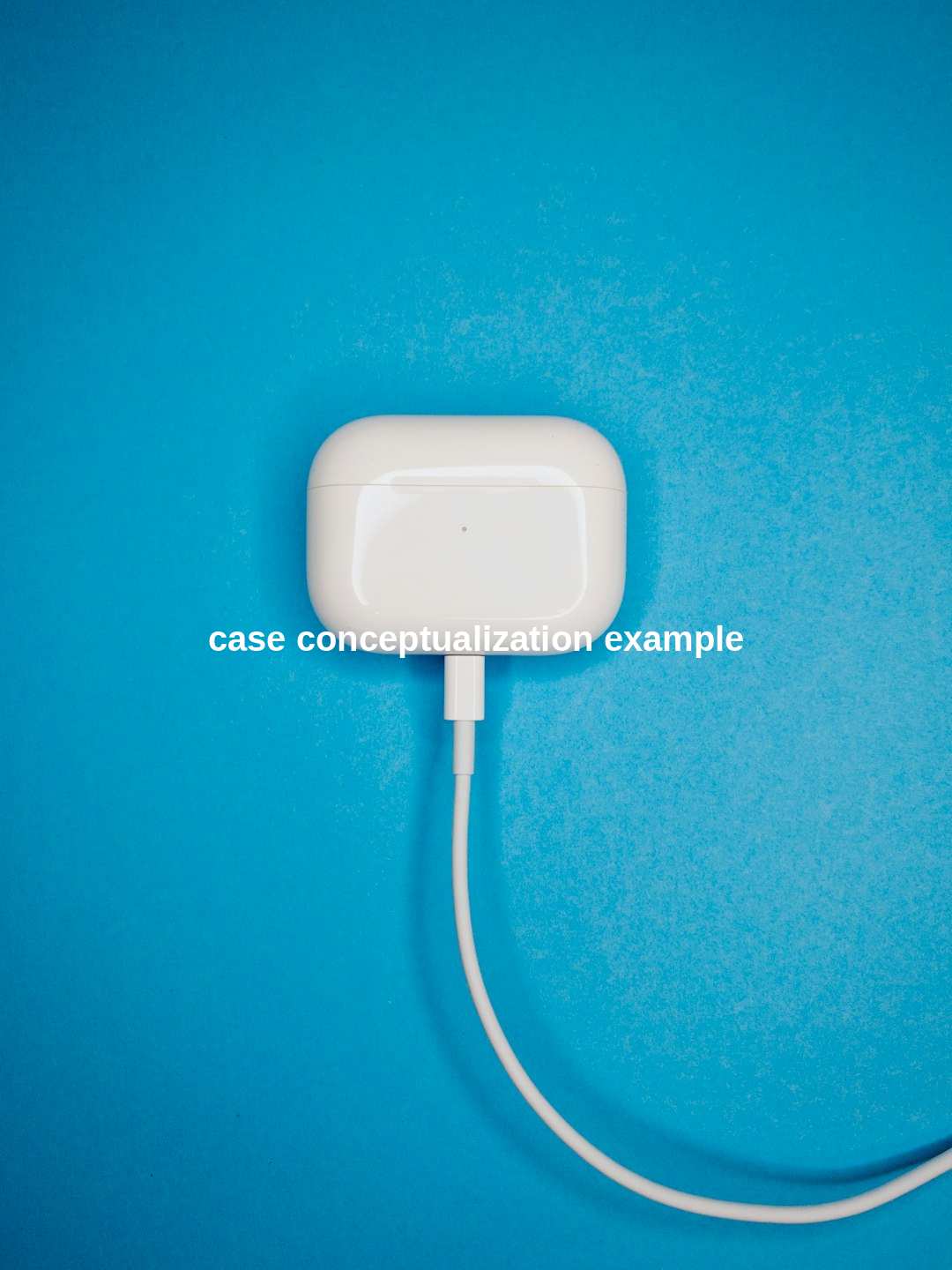In any professional or personal setting, the ability to provide effective feedback is an invaluable skill. While positive feedback is often met with smiles and appreciation, providing critical or feedback negative examples can be a minefield that many dread to tread. The nuances of delivering such feedback without demoralizing the recipient are pivotal to fostering growth and promoting a culture of continuous improvement. In the following sections, we will delve into the intricacies of giving constructive criticism and explore how negative feedback, when handled appropriately, can be a powerful tool in coaching and development.
| Aspect | Importance | Common Mistakes | Best Practices |
|---|---|---|---|
| Specificity | Provides clear guidance on what needs improvement | Vague comments that lack direction | Offer detailed examples and actionable recommendations |
| Timing | Ensures the feedback is relevant and timely | Delayed feedback that loses its impact | Address issues promptly while the situation is still fresh |
| Delivery | Affects how the feedback is received and acted upon | Harsh tone or public shaming | Use a constructive tone and provide feedback in private when appropriate |
| Follow-up | Helps to track progress and reinforce the feedback loop | No action taken or follow-up after feedback is given | Set up a plan for checking in and reviewing progress |
Mastering the Art of Constructive Criticism: Harnessing the Power of Specific Feedback
Understanding the Importance of Specificity in Feedback
Walking the tightrope of constructive criticism is no easy feat; it requires a blend of honesty, empathy, and precision to ensure that the message is not just heard but also acted upon. When providing negative feedback, specificity is your guiding light. Vague or generalized feedback tends to confuse rather than enlighten, leaving the recipient unsure of how to proceed. In contrast, specific feedback clearly delineates the issue, making it easier for the recipient to address the problem constructively.
Take, for example, the difference between saying “Your report was not good” and “The financial analysis section of your report lacks the necessary details which could support your conclusions.” The latter not only points out the exact issue but also implicitly provides guidance on how to improve it. Delivering feedback with this level of specificity can transform a potentially negative interaction into a positive developmental step. It demonstrates an investment in the recipient’s growth and a commitment to helping them achieve their potential.
Specific feedback also aids in preventing repeat mistakes. When individuals understand the precise nature of their shortcomings, they are better equipped to make the necessary adjustments. Moreover, specific feedback is often seen as more credible and thoughtful, as it indicates that the provider has taken the time to accurately assess and reflect upon the recipient’s performance. This depth of engagement can strengthen the relationship between the giver and receiver of feedback, fostering trust and a more dynamic and supportive work environment.
By mastering the art of providing specific, constructive feedback, we unlock a powerful catalyst for individual and collective development. It’s not simply a matter of pointing out flaws but a strategic approach to nurturing talent and driving excellence within any organization or relationship.
The Right Moment for Growth: Timing and Context in Delivering Feedback

Capturing the Perfect Timing
Choosing the right moment to deliver feedback is as crucial as the feedback itself. The timing of your critique can significantly influence how receptive the individual will be to what you have to say. Immediate feedback following an incident or performance allows for a quicker behavioral correction. However, sometimes it might be better to wait until the individual can reflect on their actions or when they are in the right mindset to receive the critique constructively.
Timing is not just about when to give feedback, but also about ensuring it’s given in a context that has the most positive impact on the individual’s growth.
The Role of Context in Feedback
The context in which feedback is delivered is as important as the timing. By ensuring that the setting is appropriate—private for sensitive issues, or among peers when celebrating successes—you create an environment that enhances the effectiveness of the feedback. Furthermore, aligning the feedback with the individual’s goals and current projects can make the critique more relevant and actionable.
The Delicate Balance: Positive Reinforcement and Negative Feedback
Finding Equilibrium Between Praise and Concrit
While negative feedback is essential for identifying areas of improvement, it is the balance with positive reinforcement that encourages progress and maintains morale. Recognizing what an individual does well not only boosts their confidence but also reinforces desired behaviors, making them more likely to repeat those actions in the future.
A balanced approach to feedback incorporates both positive reinforcement for strengths and constructive criticism for weaknesses, enabling a more holistic development path.
Navigating the Dynamics of Feedback
To effectively use negative feedback, it’s essential to interweave it with positive observations. This ‘sandwich’ method—where constructive criticism is cushioned between positive comments—can soften the blow and facilitate a more receptive and less defensive response. It demonstrates that the feedback stems from a place of support, rather than criticism alone.
Communication Skills in the Spotlight: Navigating Feedback on Interpersonal Effectiveness
Articulating Feedback Tactfully
When the feedback pertains to interpersonal skills, the way it is conveyed becomes even more critical. Since these traits are deeply personal, feedback in this area can be particularly sensitive. It’s imperative to communicate in a way that is tactful, using ‘I’ statements and focusing on behaviors rather than personality traits.
Feedback on interpersonal effectiveness should aim to encourage better communication, collaboration, and professional relationships, rather than merely pointing out shortcomings.
The Importance of Being Heard and Understood
To ensure that feedback is received as intended, actively listen to the other person’s perspective and confirm their understanding. Dialogue allows for clarifications and shows that you value their point of view, creating a more constructive conversation. Encouraging the recipient to paraphrase the feedback in their own words is a useful way to gauge their understanding and to engage in a two-way exchange.
By following these approaches within each of these distinct areas, negative feedback can become a valuable tool for personal and professional advancement, rather than an obstacle to success.
Towards a Positive Future: Embracing Negative Feedback for Personal and Professional Development
As we journey through various feedback environments, we come to understand that the essence of growth often lies in our response to criticism. Towards a positive future: Embracing negative feedback for personal and professional development signifies a progressive mindset—one that perceives feedback, not as a discouragement but as an opportunity for self-improvement and professional growth.
Feedback, particularly when it highlights areas in need of enhancement, can be a catalyst for change. It prompts self-reflection and can drive us to alter our strategies, behaviors, and work processes for the better. The mastery of accepting and utilizing negative feedback is, therefore, not just an interpersonal skill but also a strategic asset in one’s personal and professional toolkit.
Understanding the value and potential of negative feedback allows us to cultivate a resilience that propels us forward. Receiving feedback graciously and applying it effectively positions us to not only meet but exceed expectations, transforming potential weaknesses into strengths over time.
Here are some of the most important takeaways from our exploration of negative feedback:
- Specific feedback is more impactful than vague generalizations as it provides clear direction for improvement.
- The timing and context of delivering feedback are key to ensuring it is received constructively.
- A balance of positive reinforcement with constructive criticism fosters a more receptive atmosphere for personal growth.
- Tact and sensitivity are essential when giving feedback on interpersonal skills to avoid causing defensiveness or resentment.
- Feedback should be seen as an investment in an individual’s future potential rather than a critique of their past performance.
- Promoting an ongoing dialogue and follow-up on feedback helps in creating a dynamic of continuous improvement.
- Embracing negative feedback is a testament to an individual’s commitment to personal and professional excellence.
In closing, the dynamics of feedback—especially when they involve criticism—should be navigated with care and precision, but also with the understanding that it holds the power to unlock our full potential. By embracing constructive feedback, we pave the way towards a future that celebrates not only where we are but also the journey of how far we’ve come.


